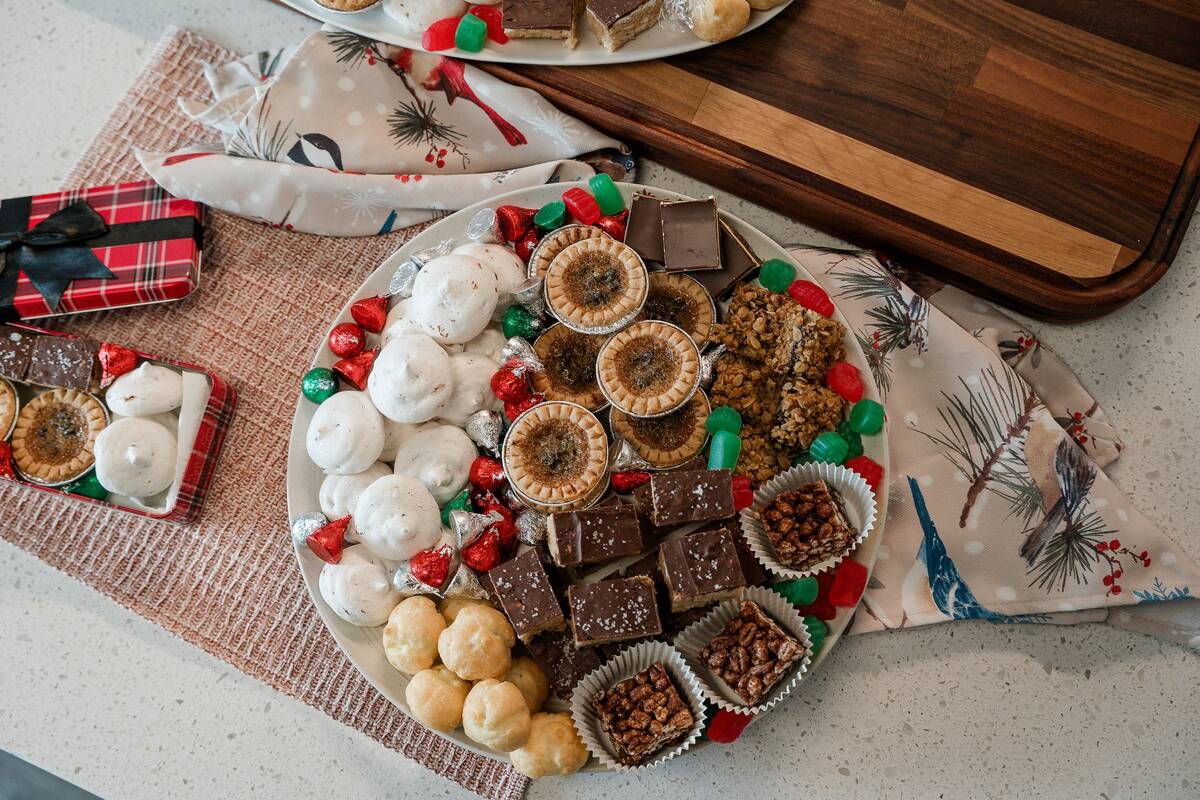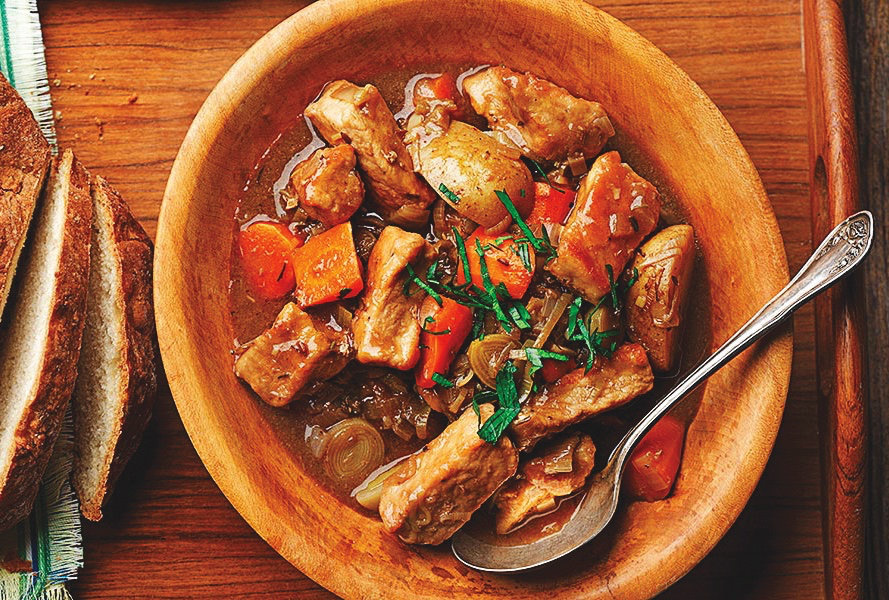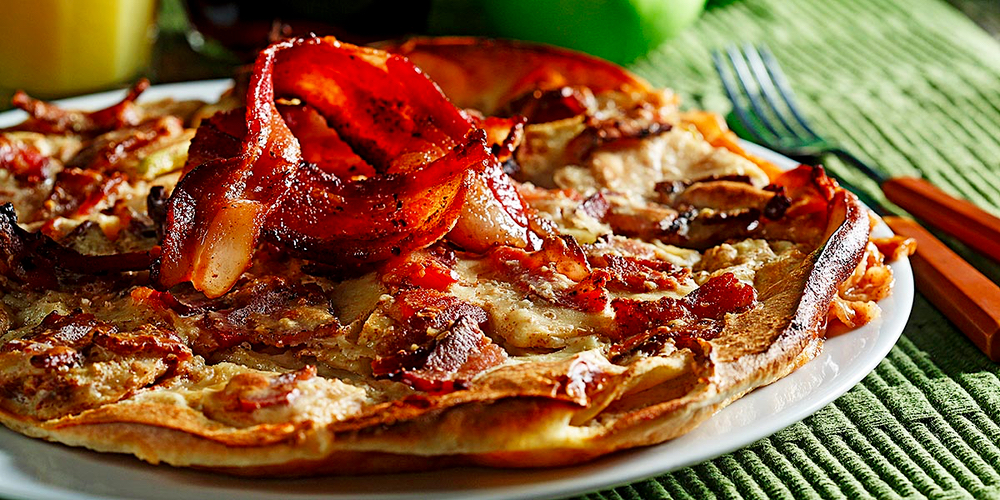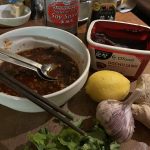“Watercolour is my favourite type of paint to use, but it is also the most difficult to master.”
– STELLA KOWALCHUK
She grew up in the village of Sandy Lake, Manitoba, and the family survived because of the animals they raised for food – geese, chickens, a cow for milk and butter, and a large vegetable garden. Her father worked away from the home, and her mother looked after the animals and garden on what was essentially a small subsistence farm.
Read Also

Your best (and easiest) holiday dainty tray
Make-ahead recipes, store-bought goodies and co-operation with friends and family: Here’s how to throw together a stunning, low-stress tray.
Kowalchuk was encouraged to leave Sandy Lake after graduation, like her three brothers and one sister, to take more education. After becoming a nurse her
career took her to Vancouver, Toronto and Winnipeg and after her workday she took evening art classes where she learned to paint still life and figures.
After many years in the “big city” the country life began calling and Kowalchuk took a nursing position in Kamsack, Saskatchewan on the advice of a physician to live a less stressful life. Good food, fresh air and being only two hours from Sandy Lake rejuvenated her spirit.
In the early ’70s Kowalchuk returned to Sandy Lake to live. There she helped her parents in their home and worked as a registered nurse in the old Erickson Hospital and the Sandy Lake nursing home. During this time she continued to take art classes in Brandon and then in Minnedosa. It was not until after she retired from nursing in 1988 that she really began to explore her ability to paint and focus on developing her own style.
“I wasn’t always good at drawing, but over the years my skills have developed and have gradually turned into what I am doing today,” says Kowalchuk. “I had to learn different techniques and find my own style.”
She paints mostly scenes she
has photographed from the land closest to Sandy Lake, but has also done many paintings of different locations in Riding Mountain National Park. Kowalchuk does commissioned pieces for people wanting a remembrance of a special location or building. In choosing a subject to paint, she says that occasionally she will get “artist’s block,” something like writer’s block, and has to take a break from painting to reassess what she has done.
Kowalchuk assisted in starting the Ukrainian Cultural Heritage Museum in Sandy Lake and was the president of the association for the first 10 years. She could be called a town historian, and is currently the curator for the museum. She uses this interest and knowledge to enhance her paintings and choice of subjects. Her historical paintings include the Ukrainian Greek Orthodox and the Ukrainian Catholic churches in Sandy Lake, Ukrainian dancers in traditional costumes and the mural inside the museum in Sandy Lake.
As history plays such an important part in Kowalchuk’s life and paintings, it is appropriate that the paintings are displayed in a historical building. The Shanty Gallery was at one time a small house that was moved from a farm onto the Kowalchuk family property in Sandy Lake in the early 1930s. During her childhood, before the new house was built, there were up to eight people (five children and three adults) living in the one-room house, 15×15 feet, plus an attic for sleeping. Later the shanty was used as a workshop for Kowalchuk’s father, but then stood almost unused for 16 years. In the late 1990s, it was decided to remove the attached garage and use the shanty for an art gallery. Today, the gallery houses Kowalchuk’s original paintings, prints and greeting cards, as well as photographs by a local photographer. The gallery still has the old wood stove in the centre of the room that her mother used to make meals on and heat the shanty in cold weather.
Kowalchuk paints mostly in watercolour and acrylic mediums but will do the occasional oil picture. “Watercolour is my favourite type of paint to use, but it is also the most difficult to master,” she says. “I love the colours and the types of sky you can paint with watercolour.” She also stretches her own canvases and makes some of her own frames, which she uses to temporarily hold each painting in the gallery. If a painting is purchased, it is generally reframed by the purchaser. In the winter Kowalchuk does most of her painting for the following gallery season which starts in May and runs until fall. “Late spring, summer and harvest time are too hectic to really do any concentrated painting, so I try to fit it into the winters and it really makes time fly by. I hardly ever complain about long winters now!” During the spring, summer and fall, Kowalchuk tends to her gallery visitors along with her flower and vegetable gardens. What she grows in the garden supplies her with most of her vegetables for the winter. The land she gardens on has been in the family for 80 years.
Kowalchuk has donated paintings of main street Sandy Lake and Ukrainian dancers to local fundraising events. She will also be designing and painting a mural on the side of the newly built change rooms at Sandy Lake in the summer of 2010. Kowalchuk’s latest project is a series of four booklets dedicated to the flowers found along the section of the Trans-Canada Trail that runs west of Sandy Lake. The pictures of the flowers are prints of small paintings that she has done and each print is accompanied by a description.
Kowalchuk doesn’t know how long she will keep the gallery running, but knows that she will continue to paint as long as she can. She is definitely a person who is dedicated to the country life and to expressing herself through art. It has become her passion, to showcase the beauty of the Manitoba countryside in paint.
– Anne Bachewich writes from Sandy Lake, Manitoba














